October 5, 2016
A Safe Workplace is Much More than Awareness
What safety leadership attributes matter most?
A few years ago we were working with a VP of Operations at a mid-sized oil and gas company. The VP was well intended, and he sincerely wanted to show his commitment to safety. However, the entirety of his safety leadership plan was to send a message out to all his employees every two weeks. In each message, he’d tell a story about an incident he’d heard about, and the moral of the story was a Hill-Street-Blues-esque, “Let’s be careful out there.” He believed that if people were aware of the risks they were facing, that then they would protect themselves. He believed that safety was mainly a matter of using common sense. He believed raising awareness was the most powerful thing he could do to help his group improve in safety.
Now this executive was not stupid. He was a man we knew to be of high integrity and intelligence. He had come up through his organization without operations experience, and he was simply uninformed—severely—about how safety works. We thought about what we might say that would be helpful to him. This is the predicament many safety professionals are in.
Awareness of risk is important in safety. But it is a small piece in a complex puzzle. To make the workplace safer, you actually have to make the workplace safer. Getting new awareness will help for a short time, but an awareness campaign that ignores the state of the workplace ultimately does more harm than good. It contributes to a culture of cynicism, which is not uncommon in the workplace today. Workers think: “I’m supposed to ‘be more aware,’ and they ask me to work in an environment that is obviously unsafe. I turn in problems and never hear back. Then we have a safety contest.”
We have observed that organizations that think awareness alone is enough to improve safety often try to achieve those gains through incentives. Let’s be clear: Making financial reward contingent on safety results is almost always a mistake. It sends the wrong message, fails to address the real issues, and causes the culture to deteriorate. When you make pay contingent on safety outcomes, without ensuring healthy systems, processes, tools, practices, and leadership necessary to drive those outcomes, then you’re basically relying on awareness of the importance of safety to drive results. You’re hoping that if people are aware that safety is part of their job, and worth paying for, then they can and will do all the right things to avoid getting hurt. All that awareness still needs support and action to make a safer workplace.
This is an excerpt from Tom and Kristen’s latest book, 7 Insights into Safety Leadership
Postscript: This may seem obvious to some, but it matters what the “support and action” looks like. What senior leader actions are most effective? What senior leader actions are least beneficial, or ineffective? We would like to pose these questions to you. In your experience, what specific actions have senior leaders taken in your organization that have actually made the workplace safer? What well-intended, but ineffective, actions have you seen? Please comment below.
A Safe Workplace is Much More than Awareness
October 5, 2016
By Tom Krause & Kristen BellShare this post:
Search for articles


